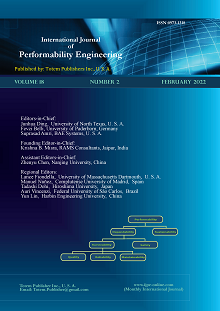-
Analysis of the Influence of Physiological and Cognition Measures in Higher Education using Machine Learning
- Varsha T. Lokare, Arvind W. Kiwelekar, and Laxman D. Netak
-
2022, 18(2):
117-127.
doi:10.23940/ijpe.22.02.p6.117127
-
 Abstract
Abstract
 PDF (667KB)
PDF (667KB)

-
References |
Related Articles
In the area of education, the evaluation process and degree of difficulty play a significant role. To produce the desired outcomes, the complexity level of the questions posed in the examination must be preserved. It is a subjective technique that should consider multiple indicators to determine the difficulty level of the paper in question. Physiological tests and cognitive processes are critical in assessing the difficulty of the questions posed in the trial. The question's readability is crucial to its comprehension. Remember, Understand, Analyze, Apply, Evaluate, and Create are the six forms of cognitive processes defined by the updated Bloom's Taxonomy (BT). Along with this, physiological factors such as stress affect how questions are classified into various difficulty levels. The questions have been divided into three categories of Difficulty: High, Medium, and Low. For experimentation and study, "C programming" course questions have been considered. The prediction method uses both an unsupervised and supervised learning approach. By considering unlabeled groups, the K Means clustering algorithm was applied. It correctly classifies three clusters with three different levels of Difficulty. Four supervised machine learning classifiers were used to estimate the difficulty level of the Questions: Decision Tree (DT), Naive Bayes (NB), Artificial Neural Network (ANN), and Support Vector Machine (SVM). Compared to NB, ANN, and SVM classifiers, the DT model produces better performance. This research aims to look at the impact of cognitive processes, stress, and readability during reading questions of different difficulty levels.

